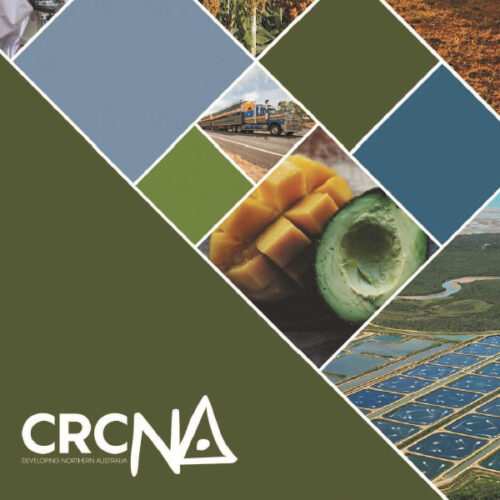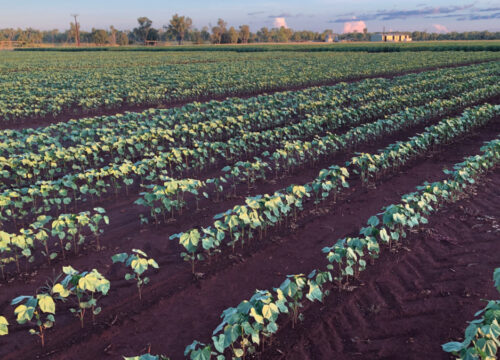
- Author ST Strategic Services & Pivotal Point Strategic Directions
- Publish date August 5, 2020
- Type Report
- ISBN 978-1-922437-07-5
- Documents
- Broadacre Cropping
Summary
This situational analysis is an assessment of the opportunities and impediments facing the development of a broadacre cropping sector across Northern Australia.
For the purposes of this report, cropping includes broadacre production of fodder, pasture, cereals, pulses, oilseeds, and cotton; but not rice or sugar. Production can be irrigated or dryland (rainfed) and does not include self-seeding, wild or native pasture.
The primary finding of this situational analysis is that broadacre cropping in the north of Australia can be an important part of a farming business but most value is realised when broadacre cropping is integrated with other enterprises, particularly beef production.
The capacity to grow a range of crops in the north is clear but due to the barriers, costs and risks of broadacre cropping in the tropics, farmers in the north need to leverage crop production as part of a broader business value proposition to promote sustainability and business profitability.
Projects
Northern Australian broadacre cropping situational analysis
CRCNA is seeking to develop a Northern (north of the Tropic of Capricorn) broadacre cropping industry strategy which will provide a framework for investment in broadacre cropping in northern Australia to the benefit of growers, pastoralists and the broader grains and cotton industry in the north. The project will undertake a SWOT and gap analysis examining the current constraints and opportunities in : Farming systems and post-farm integration Production systems Supply chains and logistics The process and final report are intended to inform the CRCNA strategic research investments, assist with coordination of investment across the Northern Australian broadacre cropping sector and improve strategic alignment across the research, policy and service delivery arms of the sector.


